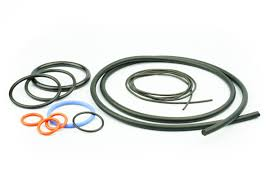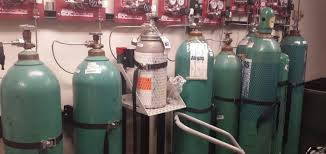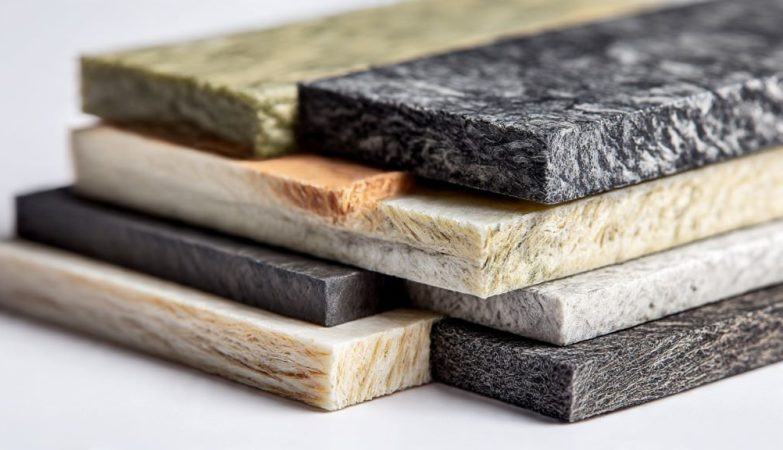O-rings are traditional manufacturing components that have been in use since the early part of the 20th Century. Despite this, they remain widely used.
O-rings are a type of seal, a component that is specifically designed to prevent leakage. The name is taken from their circular shape in the form of a ring. They are used to prevent liquids or gases from leaking.

How do O-ring seals work?
O-rings are placed in a groove between two components that are going to be compressed together. As internal pressure is applied, they become distorted and form a tight seal between the two surfaces.
Seals vs Gaskets
Seals and gaskets are both designed to prevent leaks and provide some protection from dust and contaminants. However, gaskets are used between stationary components, whilst seals tend to be used between moving parts. O-ring seals are used more regularly in high-pressure environments.
Where are O-rings used?
O-rings are commonly used in numerous industries, including transportation, medical, oil and gas, electronics, food and beverage, water systems, and chemical processing and production.
They are often found in cylinders, connectors, pumps and valves, where they prevent the leakage of fluids or gases. They are versatile and can be used with a variety of components.

Industrial Valves
Seals are often found in industrial valves. There are a number of companies that specialise in industrial valves – several of whom have useful online resources such as the examples seen here https://orseal.com/.
What are O-rings made from?
O-rings can be made from a number of different materials. The main criteria are that they must be flexible and able to provide effective sealing and leak prevention.
The most common materials used are standard rubber, fluorocarbon rubber, silicone and nitrile rubber. Some are also made from metals such as stainless steel.
Each of these materials offers different attributes and benefits. For example, nitrile rubber, silicone rubber and polyacrylate can all cope with high temperatures and significant temperature fluctuations, whilst hybrid materials can offer greater resistance to heat and pressure.

